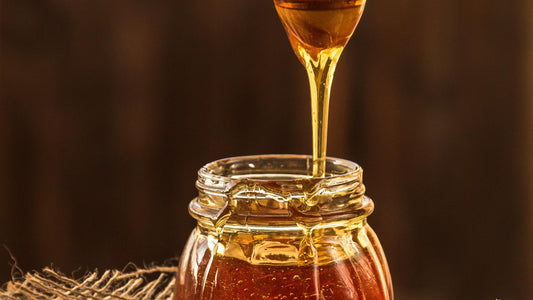
Hausgemachtes Insektenschutzmittel für einen strahlenden Körper
Aktie
Während des Hochsommers, der bis in den Herbst andauert, ist unsere Gesundheit durch Fliegen und Insekten gefährdet. Die häufigsten Insekten, die unsere Haut und unseren Körper reizen, sind Mücken, Kriebelmücken und Zecken. Diese Schädlinge gedeihen in warmen, feuchten Bedingungen, was den Sommer zu einer Hauptbrutzeit macht.
Insekten neigen dazu, unseren Wanderwegen im Freien zu folgen oder um uns herumzufliegen, um mit unserer Haut in Kontakt zu kommen. Um diese Insekten davon abzuhalten, sich unserem Körper zu nähern oder ein irritierendes Gefühl auf unserer Haut zu hinterlassen, sollten wir gesunde Wege finden, um Insekten einzudämmen.
Lassen Sie uns hausgemachte und chemiefreie Insektenschutzmittel erkunden:
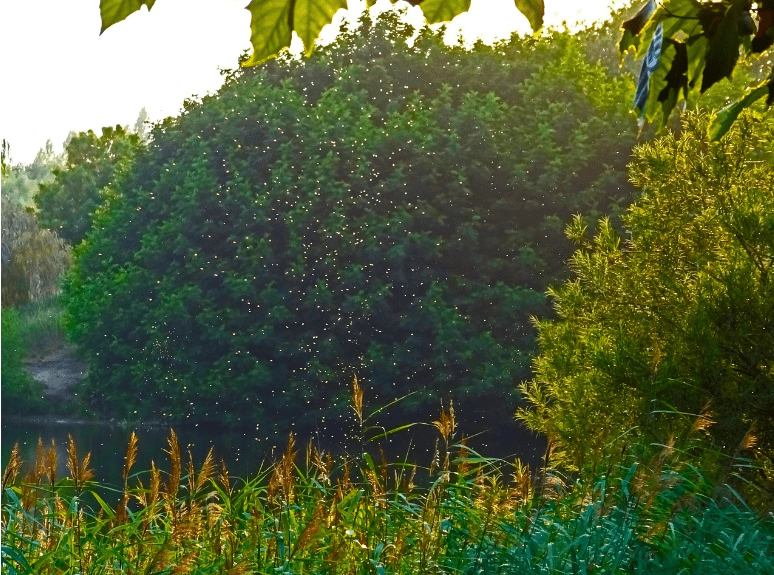
Ein kleiner Aufwand bei der Abwehr hinterlässt eine große Wirkung
Stellen Sie sich vor, Sie hätten ein gesundes Hautabwehrmittel, das keinen starken Duft hinterlässt und gesunde, natürliche Inhaltsstoffe enthält.
Das alte Sprichwort „Vorbeugen ist besser als Heilen“ gilt auch für die Haut- und Körperpflege.
Im Handel erhältliche Insektenschutzmittel enthalten häufig Alkohol und hochdosierte Chemikalien. Dadurch ist die Konsistenz des Produkts entweder zu fettig, zu dick, um es auf die Haut aufzutragen, oder zu leicht. Darüber hinaus hinterlassen solche im Handel erhältlichen Insektenschutzmittel häufig einen unangenehmen Geruch. Daher besteht eine Möglichkeit, ein möglichst angenehmes Insektenschutzmittel zu erhalten, darin, ein Do-it-Yourself-Projekt (DIY) durchzuführen.
Hier sind einfache DIY-Strategien zur Herstellung eines gesunden und nachhaltigen Insektenschutzprodukts:
1. Die richtige Basis schaffen
Durch professionelle Schulungen in ästhetischer Hautpflege und wissenschaftliche Forschung habe ich herausgefunden, wie man ein gesundes Insektenschutzmittel herstellt. Ich habe gelernt, dass der Schlüssel zur Herstellung eines guten Hautpflegeprodukts darin besteht, chemische und alkoholbasierte Mittel zu vermeiden. Daher habe ich im Bild unten alle wichtigen natürlichen Inhaltsstoffe dargestellt, die zur Herstellung einer gesunden Insektenschutzlotion erforderlich sind.
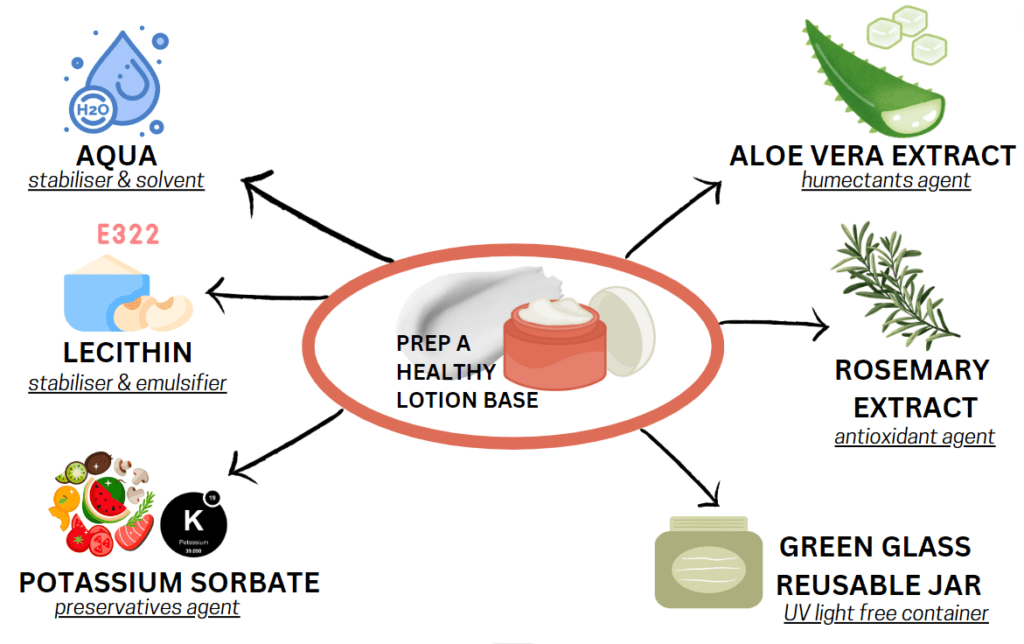
2. Wählen Sie Wasser und Lecithin als Emulgatoren
Lecithin, das oft aus Sonnenblumenkernen oder Sojabohnenextrakten gewonnen wird, stabilisiert Emulsionen wirksam. Der Extraktionsprozess der Verbindung ist außerdem biologisch abbaubar und ungiftig. Wasser (Aqua) hingegen wirkt als natürliches Lösungsmittel und Lösemittel. Um Verunreinigungen zu vermeiden und einen optimalen pH-Wert zu erzielen, ist es unerlässlich, destilliertes oder gereinigtes Aqua zu wählen. Mischen Sie Aqua und Lecithin, um eine stabile Grundstruktur zu erhalten.
3. Abwehrmittel mit langer Haltbarkeit
Die Verwendung von Konservierungsmitteln zur Verlängerung der Haltbarkeitsdauer einer Lotion auf Wasserbasis ist ein Muss. Fügen Sie während der Abkühlphase der Bindung der Lotion Kaliumsorbat in der empfohlenen Volumenkonzentration hinzu. Kaliumsorbat (oft auch als Vitamin K bekannt) kann aus natürlichen Beeren oder Pflanzenextrakten gewonnen werden. Die Kaliumsorbatverbindung weist eine geringe mikrobielle Aktivität auf und verhindert so, dass das Produkt verdirbt.
4. Gesunde Feuchthaltemittel einbinden
Abgesehen vom üblichen Glycerin oder der Hyaluronsäure ist Aloe-Vera-Extrakt der zugänglichste gesunde und nützliche Inhaltsstoff. Aloe Vera ist eine robuste Pflanze, die das ganze Jahr über leicht geerntet werden kann. Der Extrakt der Aloe-Pflanze hat ausgezeichnete feuchtigkeitsspendende Eigenschaften, verleiht der Haut ein beruhigendes Gefühl und wirkt als bemerkenswertes Hautverbesserungsmittel. Feuchthaltemittel ( hygroskopische Substanzen, die verwendet werden, um Dinge feucht zu halten ) sind für eine Basis, die die Haut nicht reizt, unerlässlich. Neben der feuchtigkeitsspendenden Wirkung sorgen Feuchthaltemittel für einen ausgeglichenen pH-Wert.
5. Tropfen mit Antioxidantien für zusätzliche Vorteile
Antioxidantien in einer insektenabweisenden Basis bieten zusätzliche Vorteile wie den Schutz der Haut vor freien Radikalen, Reizungen, offenen Wunden oder oxidativem Stress. Fügen Sie während der Abkühlphase Rosmarinextrakt hinzu, um Anti-Aging-Eigenschaften zu erzielen und die Haut zu schützen.
6. Bewahren Sie die Basis in dunkelgrünen Glasgefäßen auf
Ein Glasgefäß ist wiederverwendbar und verhindert das Austreten von Verunreinigungen, dient aber auch der Konservierung des Produkts. Die Aufbewahrung der Insektenschutzlotion in einem dunklen Bernstein- oder grünes Glas schützt vor UV-Licht und bewahrt die Produktintegrität. Ein Glasbehälter erleichtert außerdem die Sterilisation für die wiederholte Verwendung.
7. Ätherische Öle vorsichtig einrühren
Lassen Sie die gesamte insektenabweisende Lotion langsam abkühlen und geben Sie Tropfen ätherischer Öle hinzu. Rühren Sie die gesamte Mischung um, bis sie vollständig eingearbeitet ist. Entscheiden Sie sich für ätherische Öle, die am besten zu Ihrer Hautempfindlichkeit passen. Weitere Informationen zu ätherischen Ölen finden Sie in unserem vorherigen Artikel. Denken Sie daran, eine kleine Probe des ätherischen Öls auf Ihrer Haut zu testen, bevor Sie den Großteil davon in Ihre Insektenschutzgrundlage einarbeiten. Die folgenden fünf ätherischen Öle sind am wirksamsten, um alle Arten von Insekten abzuwehren:
- Zitronen-Eukalyptusöl oder Limettenöl
- Citronella-Öl
- Geranienöl
- Pfefferminzöl
- Thymianöl
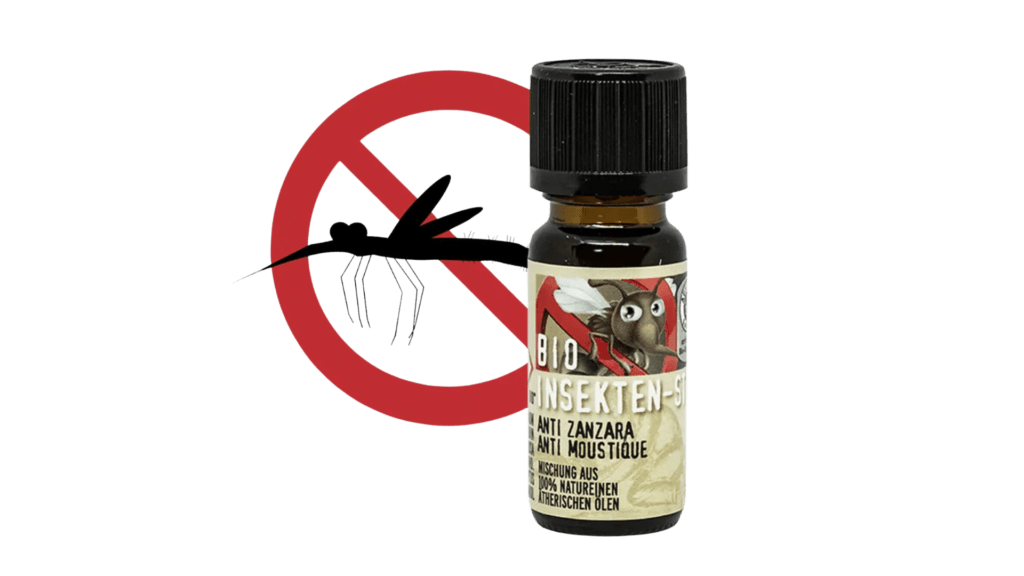
Diese Mischung aus 100 % reinen ätherischen Ölen hat nicht nur ein Aroma, sondern ist auch ein wirksames Abwehrmittel gegen lästige Insekten. Jedes Öl hat seine eigene Wirkung gegen Insekten und bildet in Kombination eine undurchdringliche Barriere.
Vergessen Sie Ihren Haarduft nicht
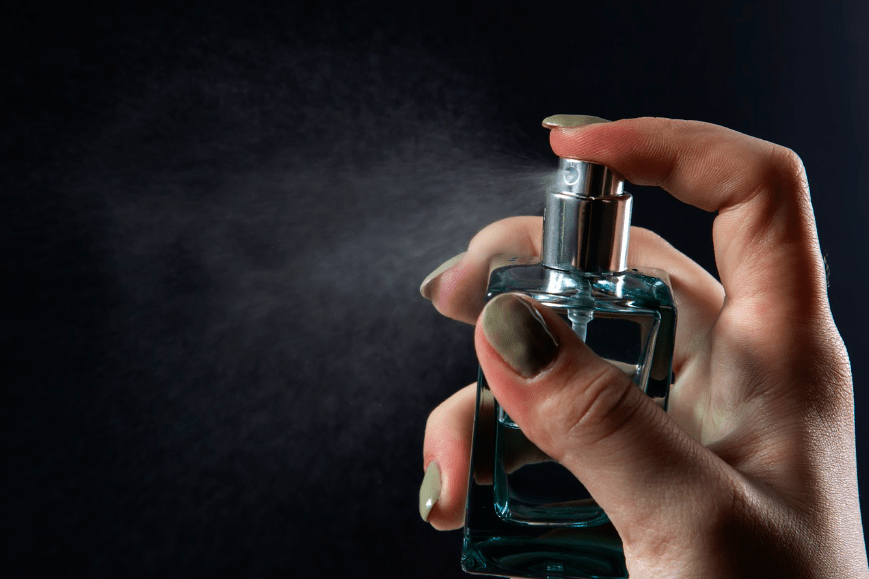
Wir glauben oft, dass Körpergeruch und Hautgesundheit die Hauptfaktoren sind, die Insekten anziehen. Unser Körper ist immer voller kleiner Haare. Darüber hinaus ist das Haar auf unserem Kopf eine Tür, die Insekten anzieht, die um unseren Körper herumschwirren. Ja, bestimmte Insekten reagieren auf den gesamten Körpergeruch. Daher ist es wichtig, neben einer ordentlichen Dosis Insektenschutzlotion auch ein leichtes Spray mit natürlichem Duft ins Haar zu geben. Versuchen Sie, ein leichtes Kölnisch Wasser oder einen Körpernebel auf Citronella-, Lavendel- oder Pfefferminzbasis zu sprühen. Dieser Duft ist sehr wirksam bei der Abwehr von Insekten.
Denken Sie schließlich daran, die Haut gut zu reinigen, bevor Sie das selbstgemachte Insektenschutzmittel auftragen. Eine gute Entgiftung abgestorbener Hautzellen macht Ihre Haut bereit, die Vorteile der Lotion aufzunehmen. Versuchen Sie, mit Kräutern zu duschen. Duschgel , das eine primäre Schutzschicht hinzufügt. Wenn wir unsere Haut und unseren Körper gut pflegen, können wir uns gesünder und wohler fühlen.

Hallo, ich bin Ariel Toh. Ich habe an akademischen Instituten eine Ausbildung in Nachhaltigkeitsforschung absolviert und schreibe meine Artikel mit akribischer Detailgenauigkeit. Durch die Zusammenarbeit mit gleichgesinnten Fachleuten und Unternehmen glaube ich, dass wir „mehr Nachhaltigkeit“ in die Welt bringen können.


